News:
Elizabeth Diller Is Retelling Edmund de Waal’s Story — and Her Own
By Celia McGee
Designing a show at the Jewish Museum in New York has illuminated corners of hidden history in her life, the architect says. “Edmund dug into his past. I didn’t. I couldn’t bear it.”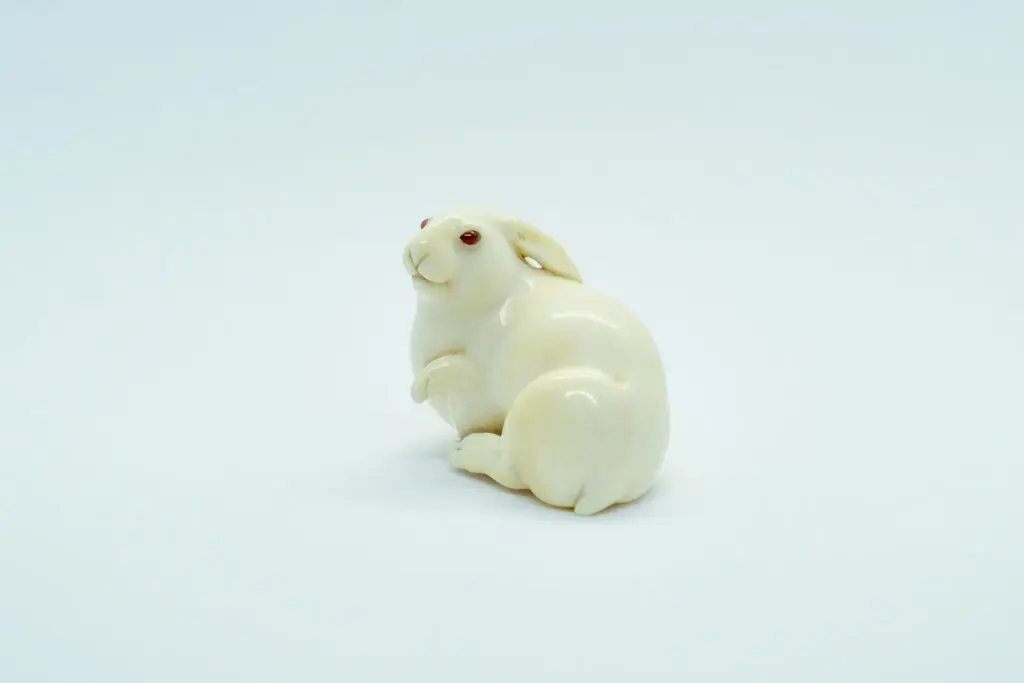
A miniature carving from Japan around 1880 of a hare in ivory and buffalo horn, signed Masatoshi. This figurine inspired the British author and artist Edmund de Waal’s best-selling family memoir, “The Hare With Amber Eyes,” the subject of a forthcoming show at the Jewish Museum in Manhattan.
In Edmund de Waal’s home in South London stands a 19th-century vitrine once in the Victoria & Albert Museum. Bronze and mahogany, seven feet tall, it was purchased by the British author and ceramic artist to hold a fabled collection of miniature carved netsuke figurines from Japan passed down over four generations.
It has always been kept open so his three children, now in their 20s, could touch the treasures and listen to their father’s stories, culled from the family’s history. One is a tiny ivory-and-buffalo-horn piece from Osaka, signed by its maker, Masatoshi, and dating from around 1880. The little creature at rest with its forepaw raised and a glint in its amber eyes is the piece that inspired de Waal’s acclaimed, best-selling memoir of 2010. On Nov. 19, that carving, and the vitrine, will go on view at the Jewish Museum in Manhattan in an exhibition based on de Waal’s book, “The Hare With Amber Eyes.”
A literary phenomenon translated into more than 30 languages, the book has assumed a fundamental spot on any reading list on family history, the legacy of art collecting, and the role that the remembrance of things past, lost, looted, forgotten or forcibly dispersed plays in helping to reconstruct, as in de Waal’s case, a time span between uneasy dynasty and Jewish diaspora.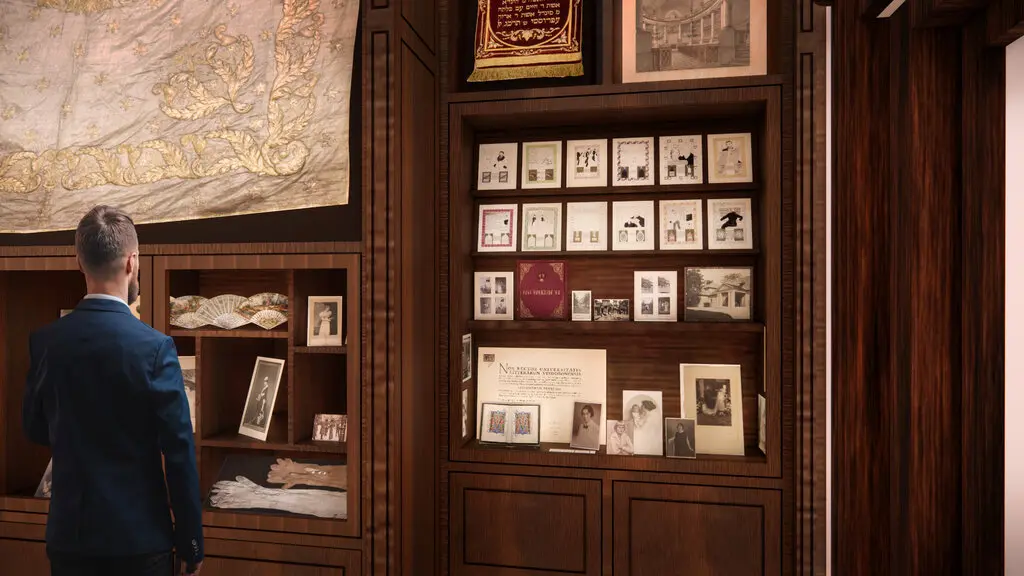
“Rather than looking at it as a museum, we’re looking at it as a domestic setting,” said Elizabeth Diller, who is spearheading the interpretative design of “The Hare With Amber Eyes” exhibition at the Jewish Museum in Manhattan. A rendering shows a museum gallery with vitrines suggested by one in Edmund de Waal’s home.
To evoke the book as it traces the fortunes and fate of the influential Ephrussis — de Waal’s ancestors on his father’s side and one of the great Jewish banking families of Europe in the 19th and early 20th centuries — the museum has turned to the architect Elizabeth Diller. In 2016 she oversaw the design of the museum’s groundbreaking show “Pierre Chareau: Modern Architecture and Design.” She is undertaking the conception, design, and execution of the new exhibition with a team drawn not just from her own firm of Diller Scofidio+Renfro: It also includes the author.
“Liz is the great dramaturge of space,” de Waal said, speaking on Zoom from his studio, a tall mullioned window visible behind him
For Diller, the collaboration with de Waal in illuminating the many corners of hidden history in his book has opened up significant aspects of her own past.
With the exhibition design, Diller has scripted space from the outside in, starting with the palatial residences the Ephrussis built, and the signal art and objects they lavished upon them, most notably the Hôtel Ephrussi in Paris and the Palais Ephrussi in Vienna. They are bookended on one end by the family’s origins in Odessa and on the other by the Holocaust story that led de Waal as far afield as Japan. The show will unfold in six rooms on the second floor of what amounts to a younger cousin of the Ephrussi palaces, the former Warburg Mansion, where the Jewish Museum is housed.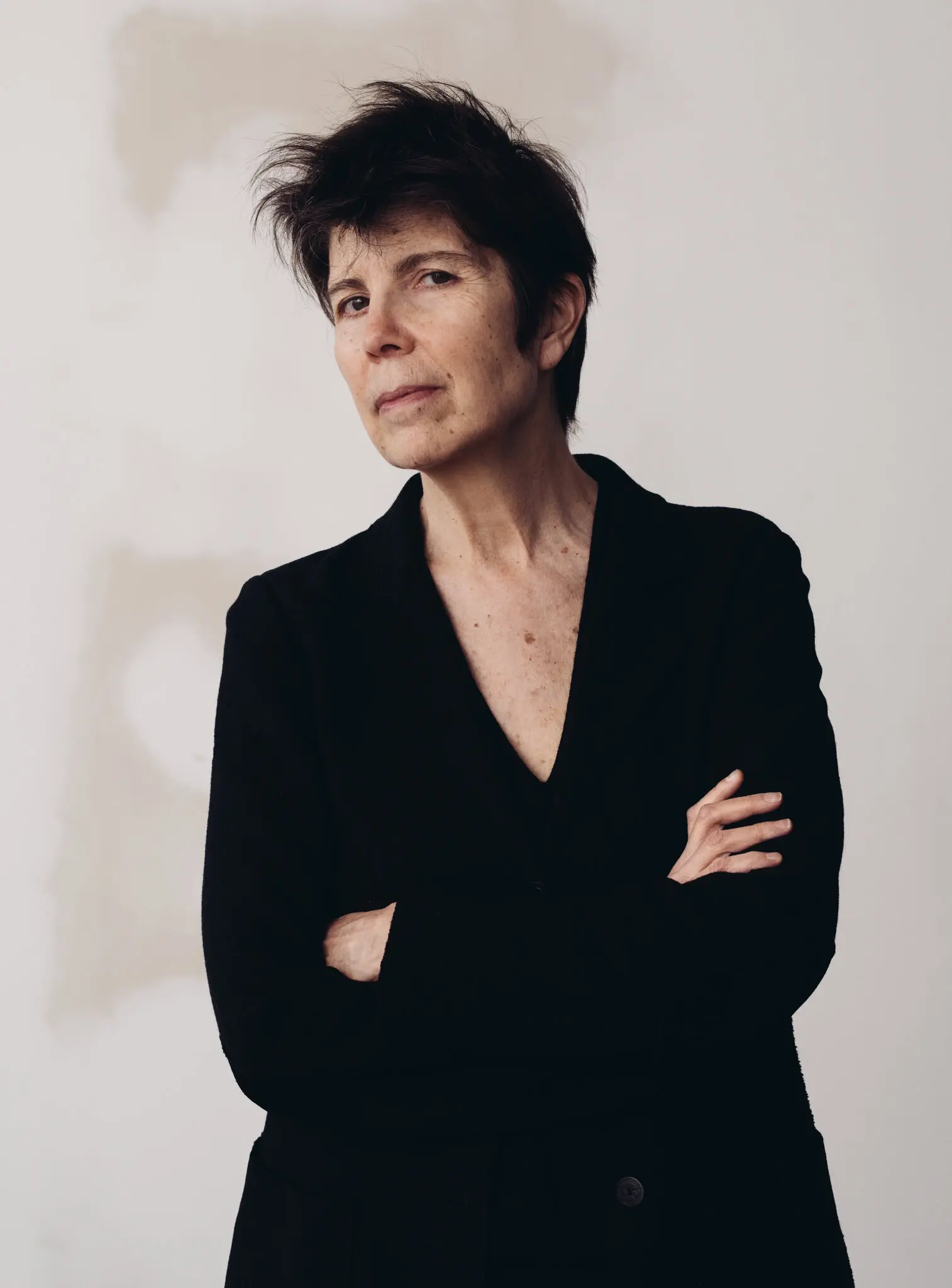
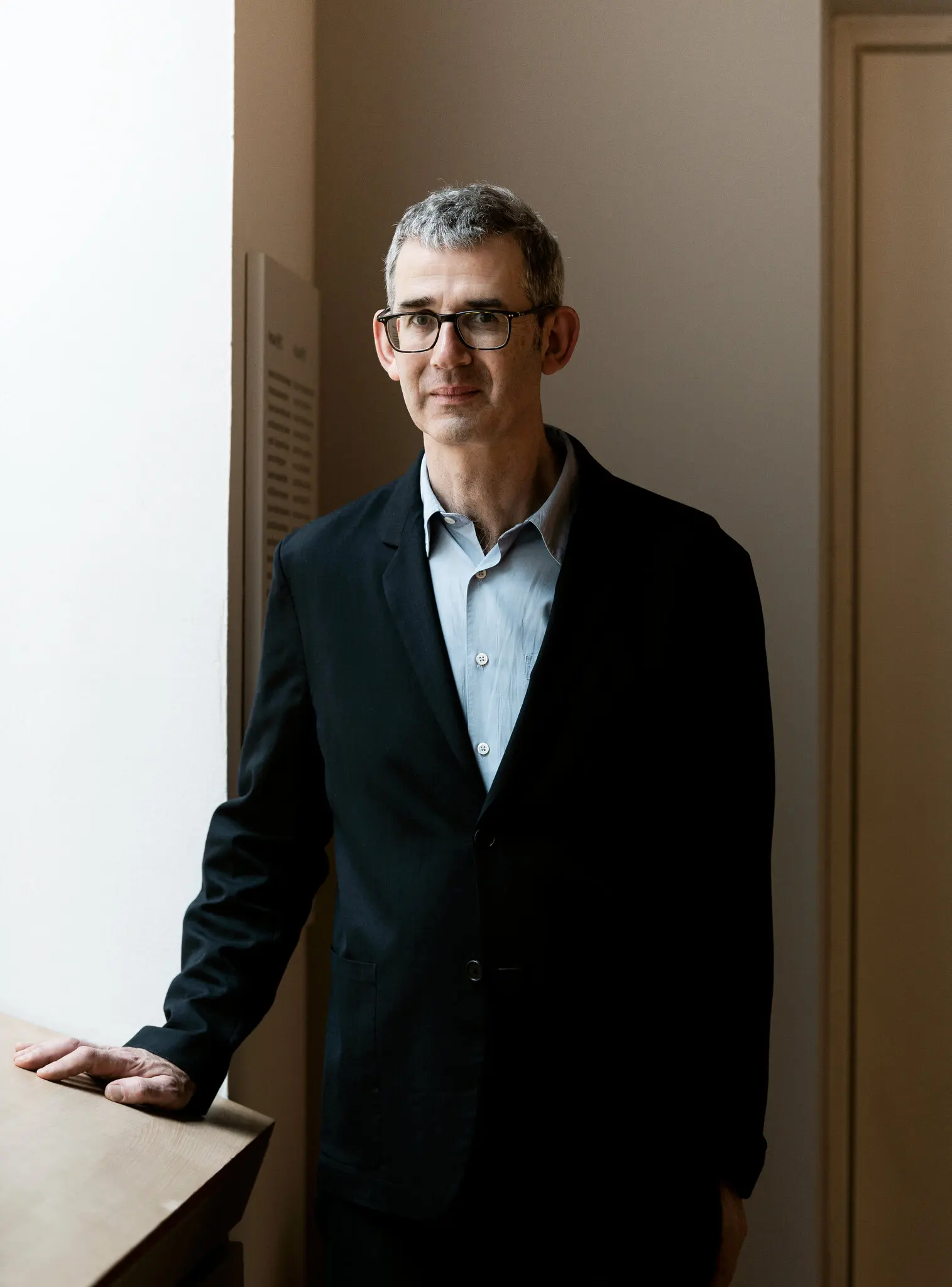
The museum has turned to the architect Edmund de Waal in Vienna. Elizabeth Diller is
Elizabeth Diller to evoke the book, which traces undertaking the design and execution of the exhibition at he fortunes and fate of the prominent Ephrussi the Jewish Museum in Manhattan with a team that
— de Waal’s ancestors on his father’s side. includes de Waal
“Rather than looking at it as a museum, we’re looking at it as a domestic setting,” Diller said. The through line for the exhibition is the storied collection of Japanese netsuke, in wood, ivory and porcelain, that de Waal inherited from his uncle Ignace de Waal, or Iggie, in 1997. The high-ceilinged museum spaces will contain many of the same art, objects, furnishings and ephemera that animated “The Hare With Amber Eyes.” Recorded passages from the book read aloud by de Waal will elucidate and enhance the exhibition for visitors as they pass from one display to the next. The design, Diller said, amounts to an exercise “that also shows the inside of Edmund’s mind.”
In keeping with this idea, the design has jettisoned the traditional succession of lengthy wall texts and curatorial labels, instead weaving the exhibition’s numerous works into what Diller refers to as Wunderkammer, or cabinets of curiosities. Paintings will hang in the closely grouped salon style of the 19th-century.
Vitrines that refer to the luminous black cabinet that held the 264 netsuke first assembled in Paris by de Waal’s great-great uncle, the collector, art critic and arts patron Charles Ephrussi, will showcase the figurines and other small objects. “As an artist and an author, Edmund reaches deeply into the personal,” Diller said.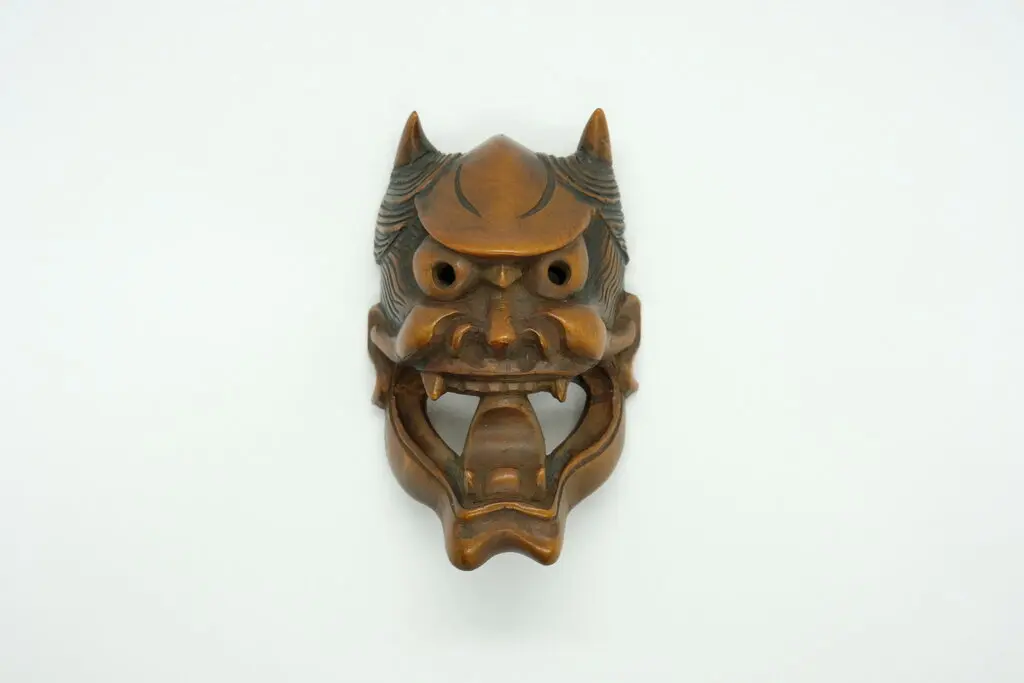
Wooden “Ja” mask netsuke, signed Gyokumin, from the De Waal Family Collection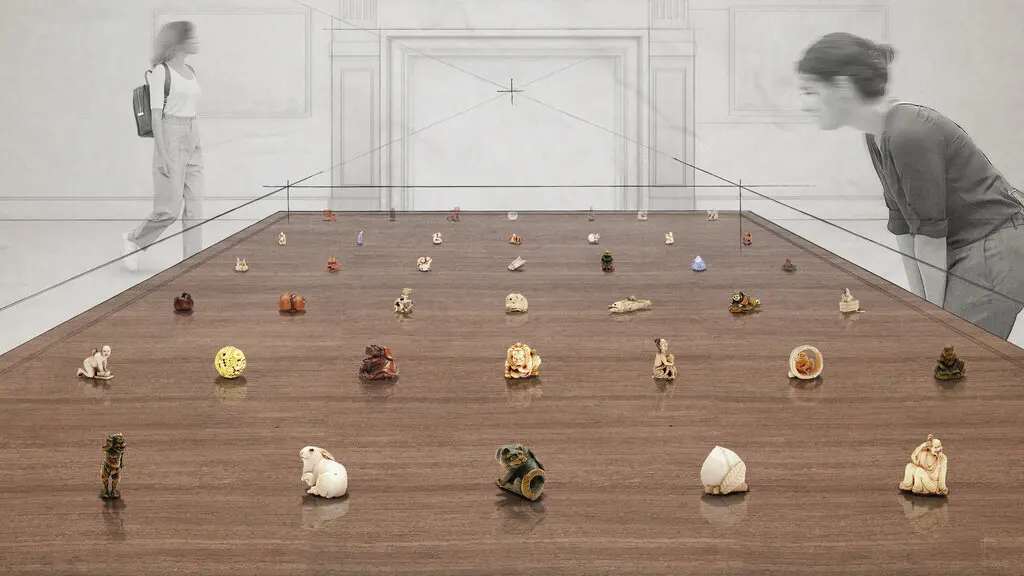
Vitrines in the galleries will display some of the prized netsukes from the De Waal Family Collection.
The personal has never been a hallmark of Diller’s work in architecture and design. Her biographical information consistently scant, she has left it to contemporaries like Frank Gehry, Daniel Libeskind or Zaha Hadid to frame their work autobiographically. But working with de Waal’s emotionally charged travelogue, she said, had a transformational effect. “Seeing the world of his family through Edmund’s eyes,” she said, “I saw my family history also.”
“Edmund dug into his past,” Diller added. “I didn’t. I couldn’t bear it.” Designing an exhibition based on de Waal’s book has changed that.
“This has been a way for Liz to acknowledge her past,” said Claudia Gould, the director of the Jewish Museum.
Framed on a Zoom call by a lakeside view at the weekend home she shares with her partner and husband, Ricardo Scofidio, in upstate New York, Diller said, “I never knew my grandparents. After the Holocaust, there were only two survivors left on either side of my family.”
Her mother, Anna, was Polish, her father, Edmund, Czech.
Diller’s mother escaped the Holocaust in Poland by moving to Vienna and hiding her Jewish identity. While the Nazis began the process of evicting de Waal’s great-grandfather, Viktor von Ephrussi, and his wife, Baroness Emmy Schey von Koromla Ephrussi, from their art-filled residence on the Ringstrasse, sending them into an exile cut short for the increasingly fragile Emmy by her likely suicide, her own mother, Diller said, “went to work as a steelworker, and then as a nanny. Her [first] husband was supposed to follow her, but she lost him. He was sent to a concentration camp.”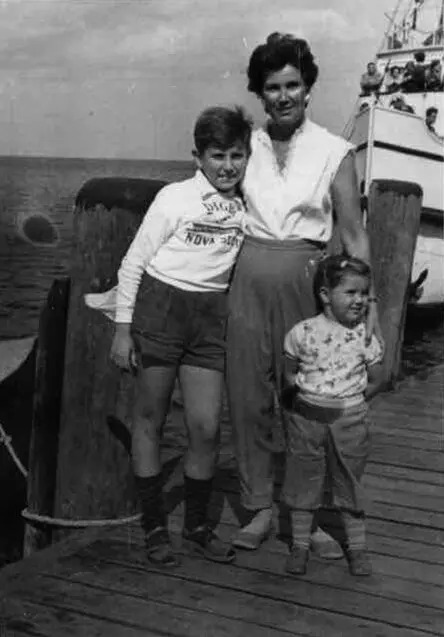
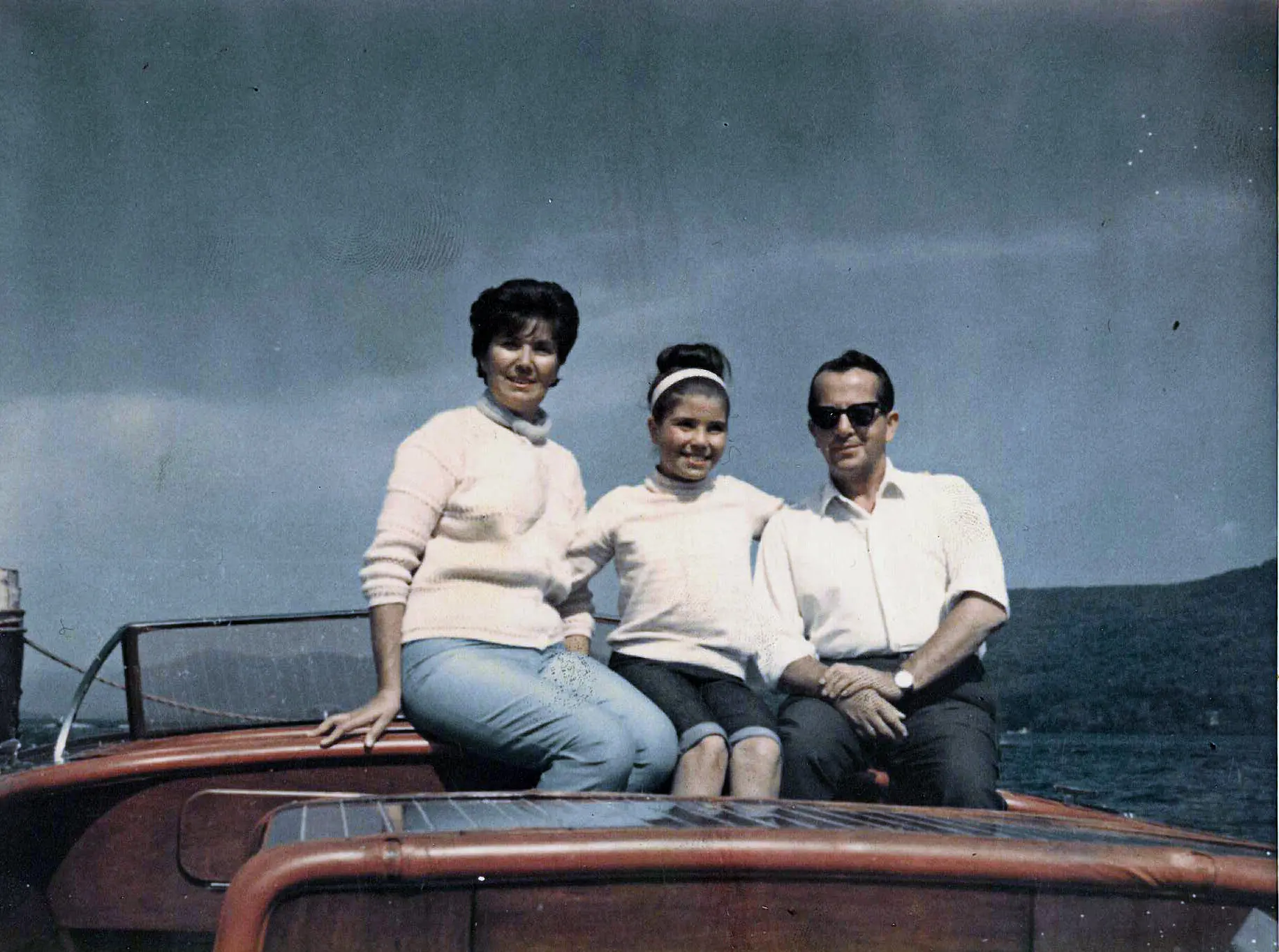
Family photos provided by Elizabeth Diller. Liz and her parents, Anna and Edmund, circa 1964.
Left, her mother Anna, brother George and Liz,
as she is known, in Sopot, Poland, circa 1957.
After the war her mother went back to Poland, to Lodz, where she was from. She couldn’t find her family, their house had been stripped of everything and her husband was presumed dead, Diller said. “She ultimately married my father, Edmund. Then one day, my mother’s first husband came to her door. He had been a big, tall man. When she saw him again, he weighed about 90 pounds. I could never get the whole story from her because it’s too painful for survivors. You’re never able to get the whole story. A couple of photographs of my family from before the war are all I have that was left.”
Like the Ephrussis, Diller’s family was buffeted by antisemitism. Her parents “decided to move to Paris,” she said, “but they weren’t able to find jobs.”
They moved back to Lodz. “My father was a good businessman, and he ran some big textile factories there,” she said. Diller was born in 1954; she also has an older brother, George. “We made a nice household in Lodz,” she said, “but my parents progressively tried to get out of Poland. There was a lot of antisemitism. My father was thrown in jail all the time.”
In Diller’s portrait of her father are some intimations of the architect and design force his daughter would become. “He didn’t go with the flow, he was an agitator,” said Diller, who most recently completed an expansive staging for the choreographer Bill T. Jones’s performance piece, “Deep Blue Sea,” in the Wade Thompson Drill Hall at the Park Avenue Armory. The project allowed her, she said, to transform a Gilded Age military hall “intended to suppress uprisings” into the setting for a production that touched on “racial justice, the civil rights movement, free speech, and ideas of liberation.”
Her parents ultimately obtained visas for the United States through her father’s remaining brother, who was in New York, and in 1959 her family arrived in this country, settling in the Bronx, then Inwood and finally Greenwich Village. Diller attended the High School of Music and Art, followed by Cooper Union, where she studied art before turning to architecture. “My first language was Polish,” she said. “I spoke Polish with my mother the rest of her life. I feel culturally European and culturally Jewish. It’s the cultural history I identified with when I read Edmund’s book.”
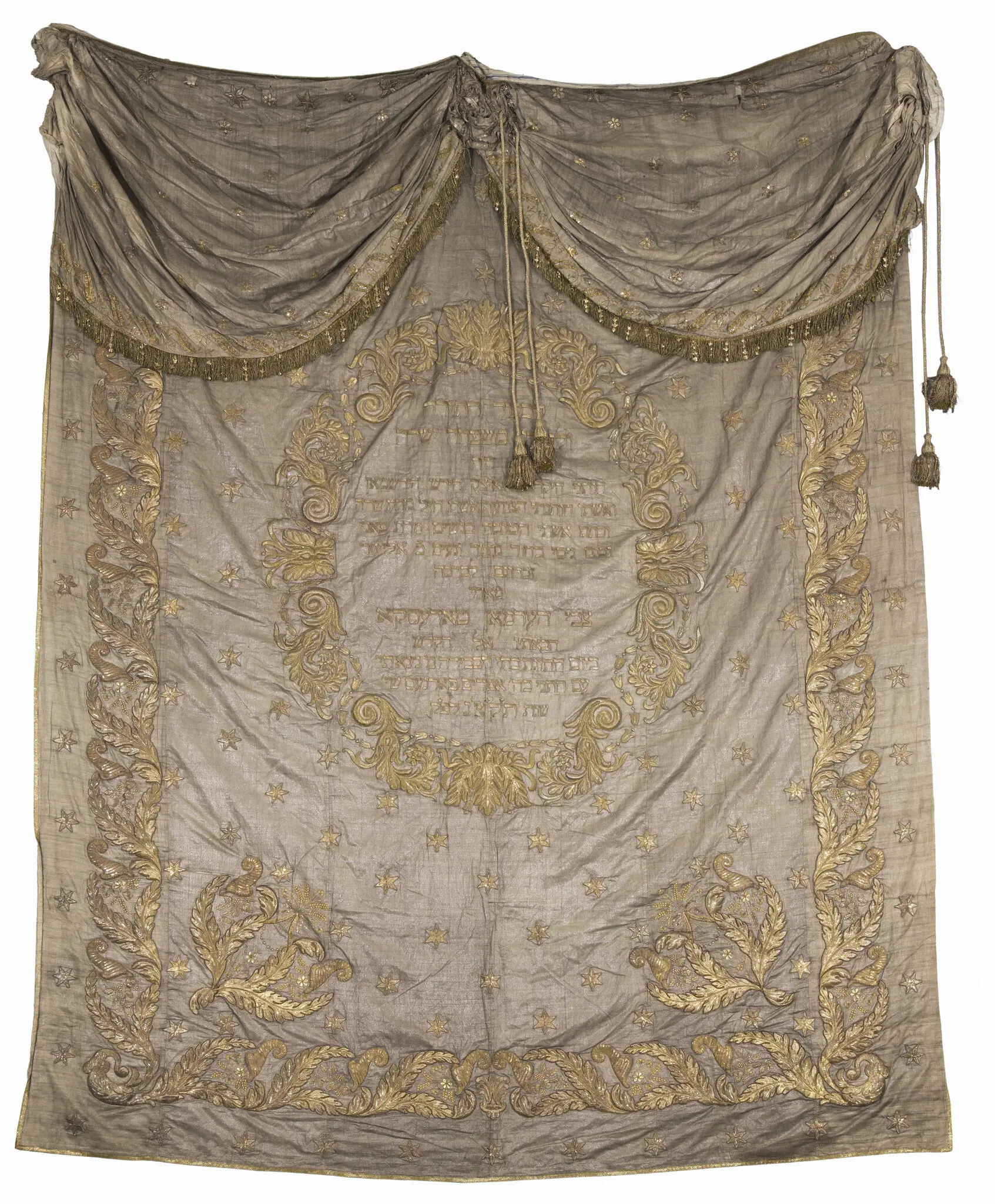
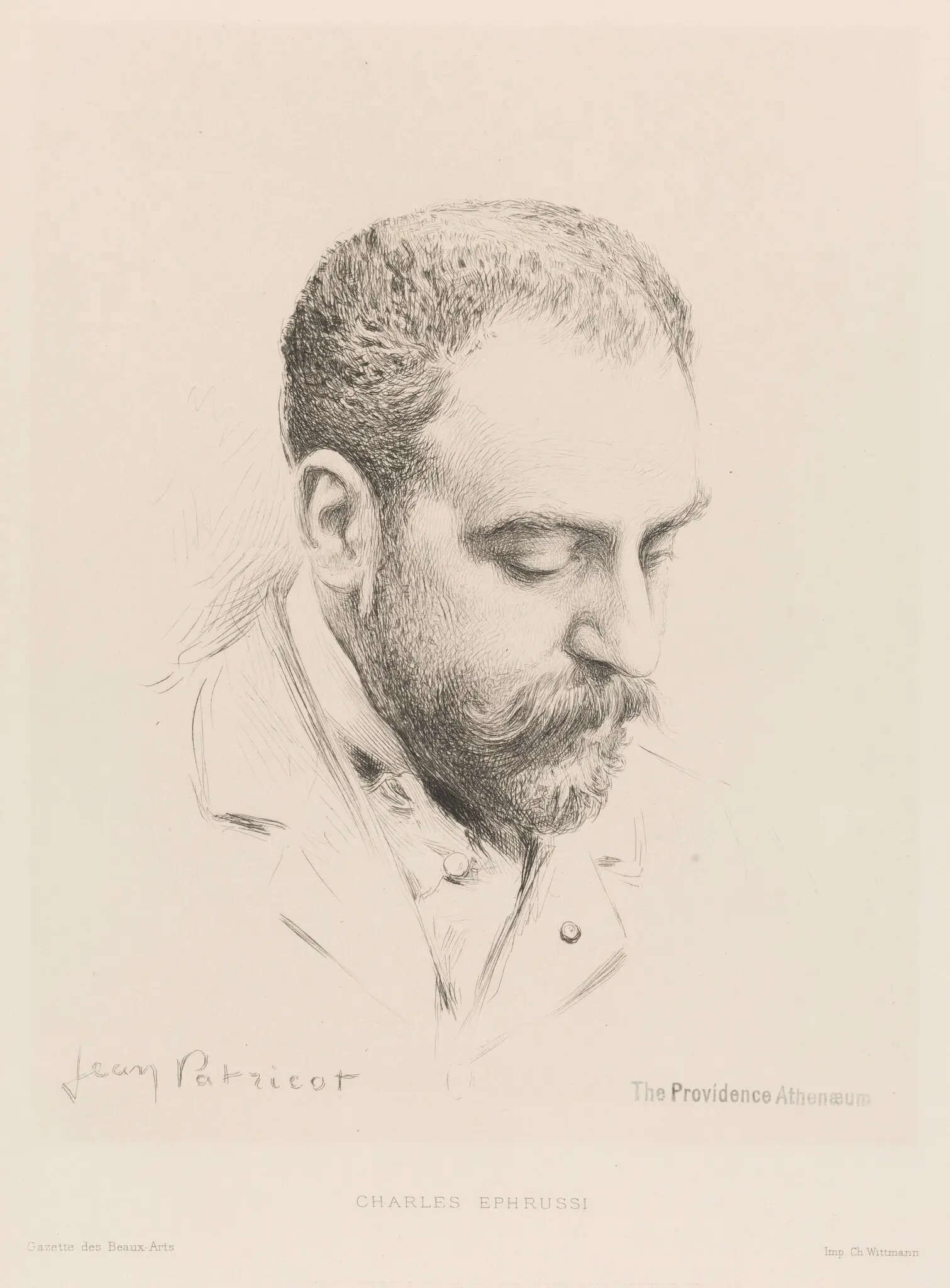
Parochet (curtain of the Torah shrine), from Portrait of Charles Ephrussi by Jean Patricot, 1905, 1833, silk damask, metal threads and cotton drypoint.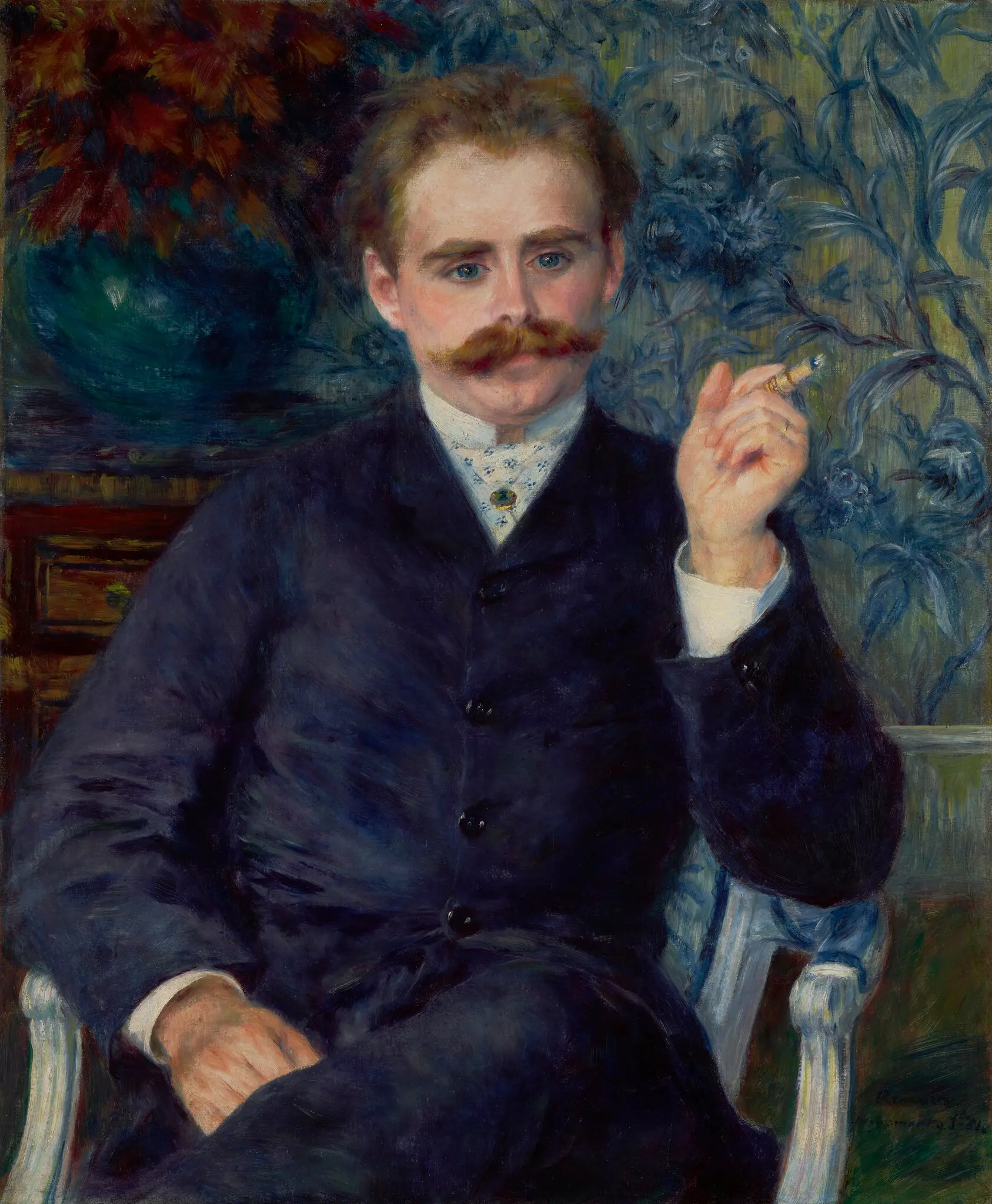
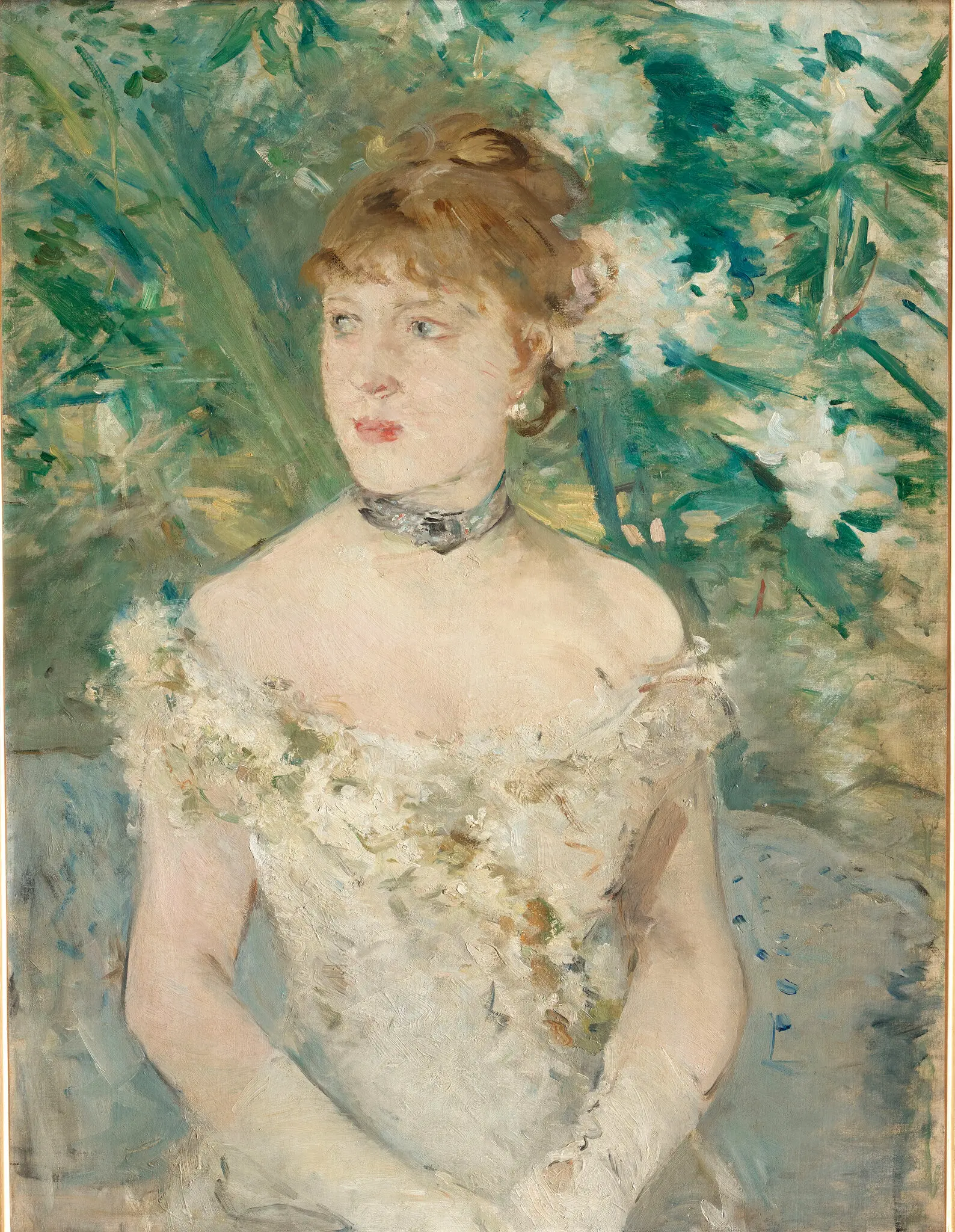
Also in the show are paintings including Renoir’s Edmund de Waal’s great-great uncle, the collector and Albert Cahen d’Anvers,” from 1881, by artists critic Charles Ephrussi, wrote about Berthe Morisot’s whose work was once owned by the Ephrussis. “Jeune femme en toilette de bal” (“Young woman in ball
gown”), 1879. It will be in the Jewish Museum show in
Manhattan.
However plentiful the contents of the exhibition, ranging from an enormous parochet, or Torah shrine curtain, from the Stadttempel synagogue in Vienna to canvases by Auguste Renoir and Berthe Morisot and two finely bound volumes from Marcel Proust’s “In Search of Lost Time,” for which Charles Ephrussi served as an inspiration for the character of Charles Swann, Diller said she felt it was crucial to add yet another perspective. She wants viewers to feel in the spaces within the Ephrussi buildings the displacement, exile and disappearance that de Waal chronicles. “The buildings hold an emptiness,” she said. “The architecture is filled by voids. That’s the buildings as they are today.”
To capture this, Diller commissioned the Dutch photographer Iwan Baan, who is based in Amsterdam, to photograph the interiors in the present, their pasts hidden by their current repurposing into offices and retail space. “There’s a Starbucks on the ground floor in Vienna,” Diller said.
“There’s the sense of historical loss,” Diller added, “and there’s the loss from Covid.” In one of the large-scale photographs, in the Hotel Ephrussi, a stanchion holding a dispenser for hand sanitizer stands guard at the foot of a grand marble staircase.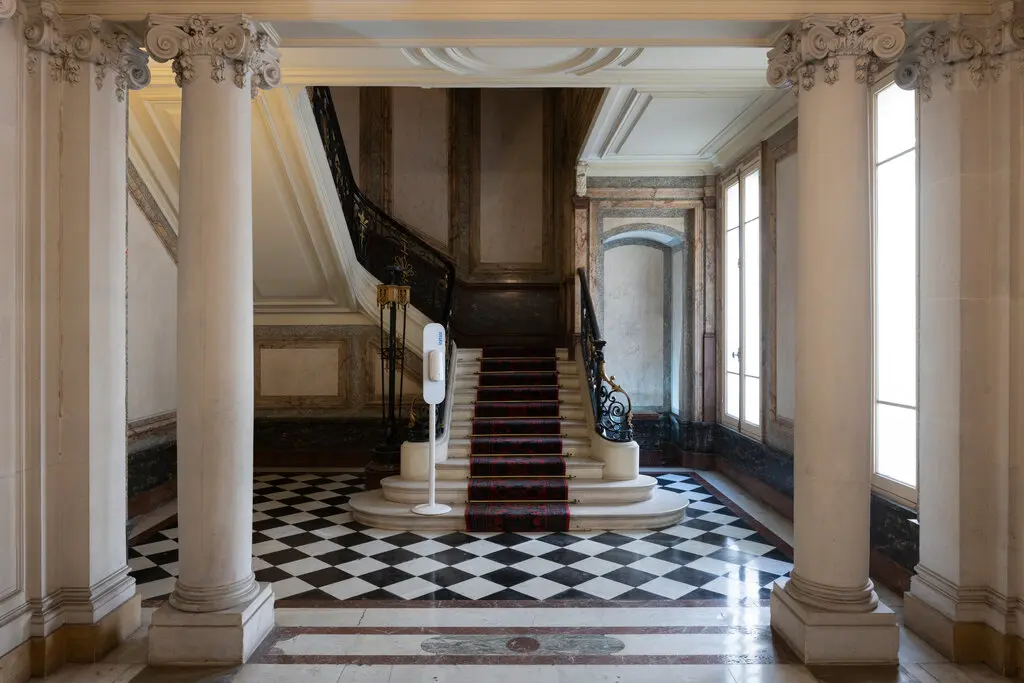
In one of the exhibition’s large-scale photographs by the Dutch photographer Iwan Baan, in the Hôtel Ephrussi, a stanchion holding hand sanitizer stands guard at the foot of a grand marble staircase.
At the same time, both Diller and de Waal said that the present places the exhibition within an inextricable political context that informs the personal element they have in common.
“First, there’s a large and painful polarization in the world,” de Waal said, “and with it a return to all kinds of toxic language, and not just of antisemitism, in all its grotesque forms. Second, there’s the stigmatization of refugees and migrants. And I’m speaking as the child of refugees, those who had to cross borders to survive.”
Diller said she sees in the exhibition a reminder that “history happens in cycles. It’s very scary where we are right now in terms of racism, antisemitism, the different neo-Nazi parties that are evolving. This is not without connectedness to the stories in this exhibition. These stories need to be retold. History cannot be forgotten.”


